Remember when technology was more mechanical than magical? Before computers fit in our pockets and answered our questions before we even asked them? The 1970s were a special time when mastering even the simplest gadget could make you feel like the smartest person in the room. These weren’t just everyday annoyances—they were badges of honor when conquered, proof that you had the patience and know-how that separated the technologically savvy from the perpetually puzzled.
1. Adjusting the Tracking on Your VCR
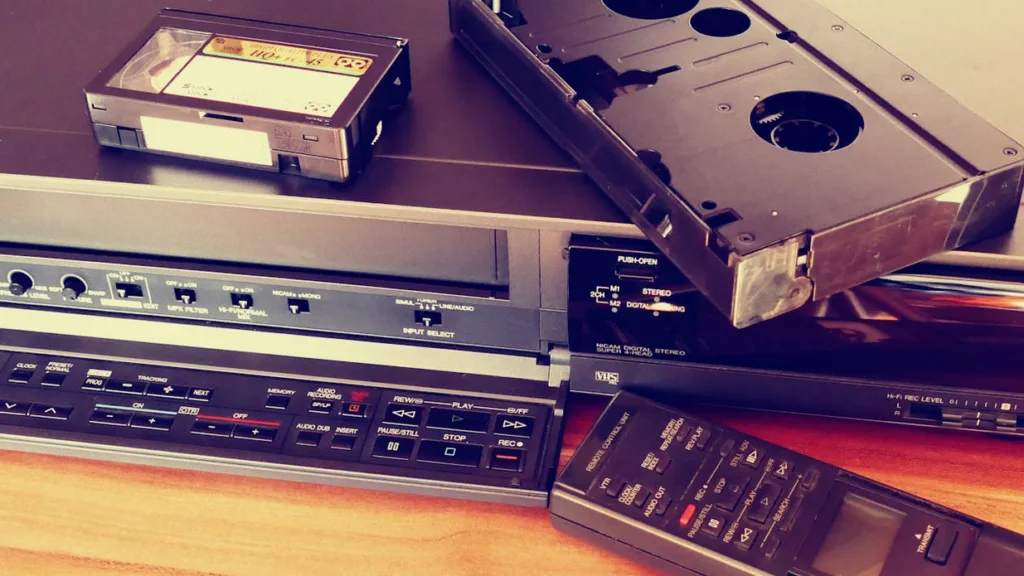
Those wavy lines dancing across your television screen weren’t just annoying—they were a personal challenge from the technology gods. You’d delicately turn that tracking knob back and forth like a safecracker, listening for the sweet spot where the static disappeared. The moment when the picture suddenly cleared felt like winning the lottery, especially when you’d been trying to record “All in the Family” for your collection. For more on exactly why we used to do this, Southtree explains what tracking was and how it worked.
Your friends would call you over to their houses specifically to fix their tracking issues, cementing your reputation as the neighborhood tech wizard. You never revealed that your technique was essentially “turn it until it works,” keeping the mystique of your abilities intact. Sometimes you’d even wear a serious expression while adjusting, as if performing complex calculations in your head, when really you were just thinking about what snacks might be in their kitchen.
2. Successfully Setting the Flashing Clock on Your Digital Alarm
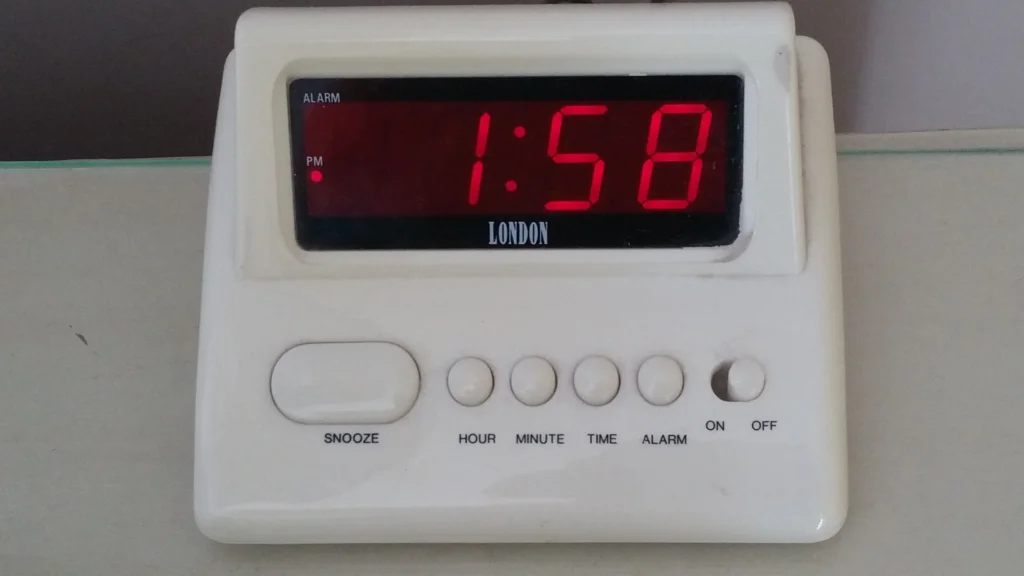
That blinking “12:00” wasn’t just an indicator of time—it was a taunt, a challenge, a digital gauntlet thrown down by modern technology. Mastering the precise sequence of holding one button while pressing another, all while watching the numbers fly by too quickly, required the dexterity of a concert pianist. The satisfaction of looking over at a correctly displayed “10:45 PM” instead of a flashing “12:00” made all those instruction manual readings worthwhile. BigTimeClocks traces the moment we made the big switch from flip clocks to digital.
The true masters could even program the alarm to different times for weekdays versus weekends, a feature buried deep in the manual that few discovered. Your significant other would look at you with newfound respect when you demonstrated this wizardry, especially after a power outage when everyone else’s clocks were blinking in digital distress. Nothing said “I’ve got my life together” quite like being the only house on the block without a blinking clock after a thunderstorm.
3. Untangling a Phone Cord Without Disconnecting the Call
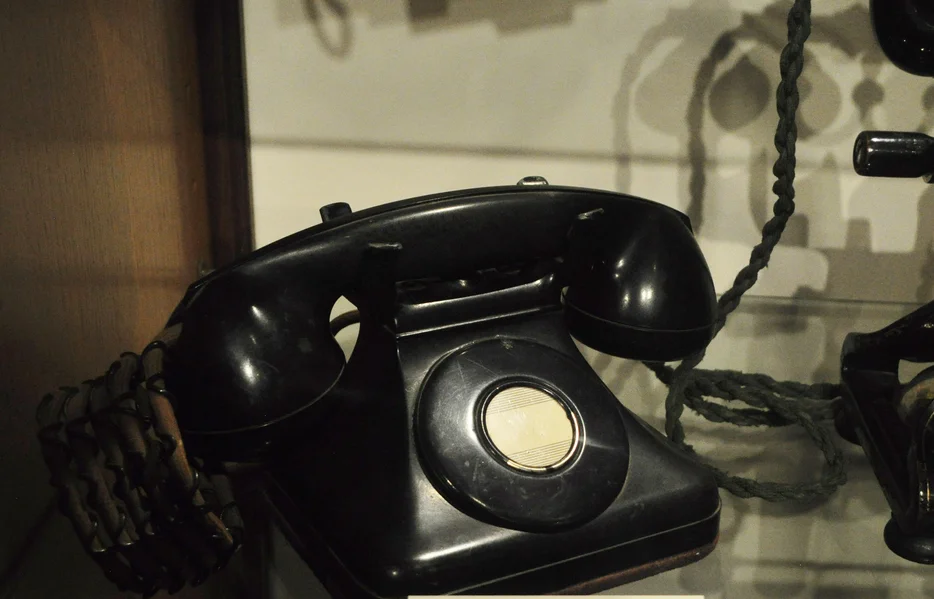
That spiraled phone cord seemed to develop knots while you weren’t looking, a plastic Gordian knot that grew more complex with each passing conversation. With the receiver tucked between your ear and shoulder, you’d perform an intricate dance of loops and twists to restore order to the chaos. Success meant preserving your hour-long conversation with your best friend about the latest episode of “Charlie’s Angels” without that dreaded click of disconnection. Advanced Integrated Controls writes that the demise of landline phones was a multi-step process across decades.
The true professionals could untangle one-handed, maintaining perfect conversation flow while their fingers worked magic on the twisted cord. Younger siblings would watch in awe as you transformed a rat’s nest of plastic coils into a perfectly hanging spiral, all while discussing the merits of Farrah Fawcett versus Jaclyn Smith. This skill became especially useful in the workplace, where a professional appearance included a tidy phone cord at all times.
4. Finding the Perfect Recording Volume on Your Cassette Deck
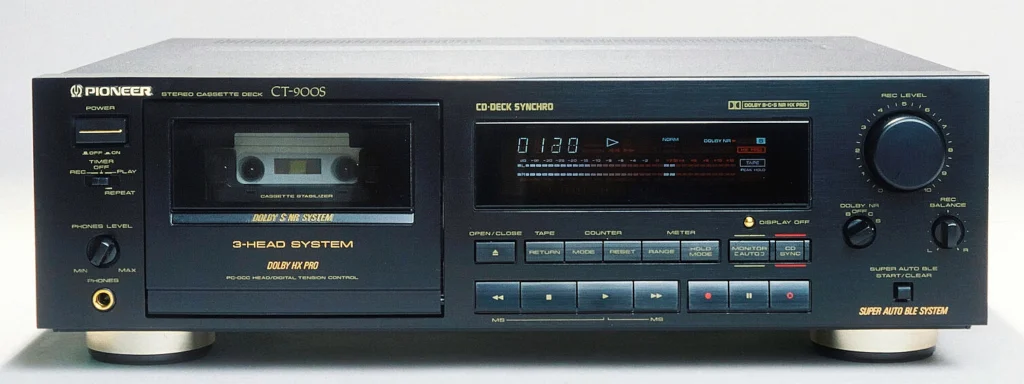
Capturing your favorite songs off the radio required timing, patience, and an almost supernatural ability to predict when the DJ would stop talking. You’d hover over the record and pause buttons like a cat ready to pounce, waiting for those first few notes. Setting the recording levels too high meant distortion; too low meant cranking the volume to hear anything later—finding that sweet spot made you feel like a sound engineering prodigy.
The true test came when you played back your masterpiece and discovered clean cuts between songs with minimal DJ chatter. Friends would marvel at your mixtapes, not realizing the hours spent beside the radio, finger positioned over the pause button, waiting for Casey Kasem to please, for the love of everything holy, stop talking over the intro. Your perfectly timed recordings became prized possessions, traded like valuable currency among your circle of friends.
5. Manually Tuning a Television to UHF Channels

The UHF dial—that secondary, forgotten tuning knob—was the gateway to mysterious channels beyond the standard offerings. Turning it was like panning for gold, requiring slow, deliberate movements to catch those elusive independent stations broadcasting reruns and obscure programming. When you finally landed on a watchable picture for channel 44, showing a monster movie marathon on Saturday afternoon, you felt like Columbus discovering a new world.
Explaining your discovery to family members came with strict warnings not to touch the carefully positioned rabbit ears or breathe too hard near the set. The tenuous connection between the UHF station and your antenna meant that reception could vanish as mysteriously as it appeared. You’d document successful configurations in a notebook—antenna tilted 30 degrees northeast, tinfoil positioned just so—creating a technical manual for future viewing sessions.
6. Threading a Super 8 Film Projector Correctly
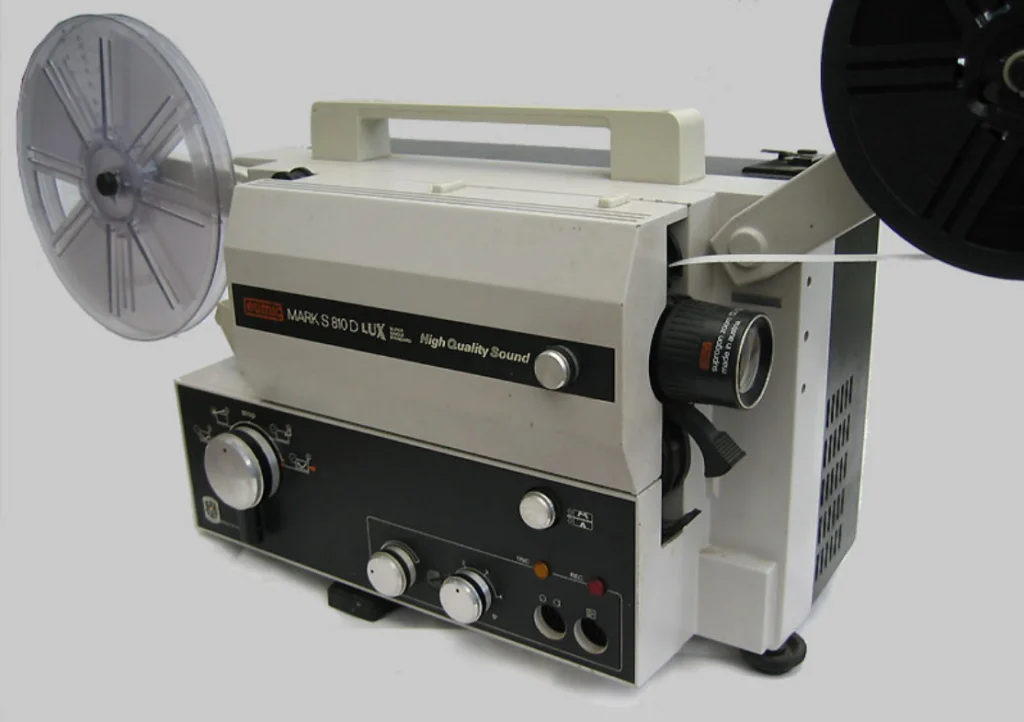
Those family movies weren’t going to show themselves, and threading that film through the projector’s labyrinthine path was your ticket to showing off vacation memories. Each little sprocket needed to catch perfectly, and the take-up reel needed just the right tension to avoid the dreaded film jam. When the machine finally hummed to life, projecting steady images instead of melting your precious memories, you’d accept the family’s applause with humble pride.
The true moment of genius came when the film inevitably snapped mid-showing, and you calmly produced the special tape and splicing block from the projector case. Working with the precision of a surgeon, you’d repair the break while everyone waited in the darkened living room, then thread everything back up without missing a beat. Your family’s vacation to Yellowstone continued without a hitch, your reputation as household hero firmly secured.
7. Successfully Using Carbon Paper Without Smudging
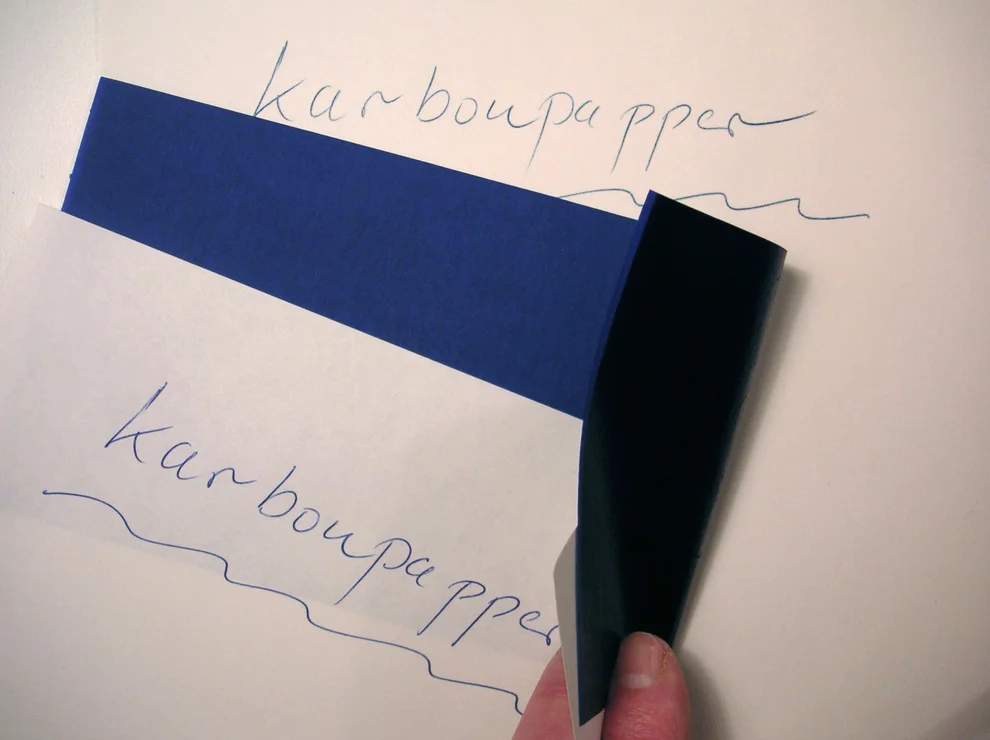
Creating duplicate copies without modern copiers required the mysterious blue sheets known as carbon paper, which seemed specifically designed to soil everything it touched. Positioning multiple sheets with the carbon pages facing exactly the right direction felt like performing a magic trick. When you typed a perfect letter with three clean copies beneath, you’d separate them with the delicate touch of someone diffusing a bomb.
The masters of carbon paper knew to place a sheet of cardboard underneath the final page to create crisp impressions all the way through. Your pristine carbon copies were the envy of the typing pool, while others struggled with smudged, barely legible results. You knew the secret was to never, ever touch the carbon side with your fingers, a rule you enforced with religious fervor whenever anyone approached your desk.
8. Dialing a Rotary Phone With Perfect Timing
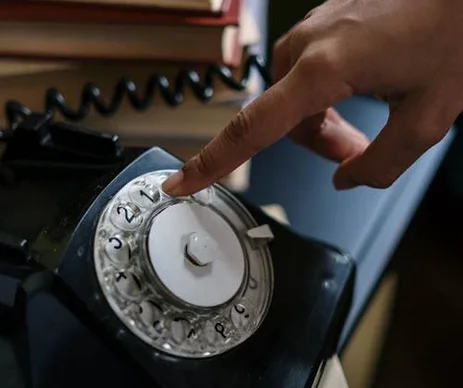
That circular dial demanded precision, patience, and a steady hand—especially for numbers with lots of 8s and 9s that seemed to take forever to return to starting position. Mastering the rhythm of dialing without errors separated the casual users from the telecommunications experts. When you successfully dialed a long-distance number on the first try, without a single mis-dial, you felt like you’d won an Olympic event.
The true professionals could “speed dial” by tapping the receiver hook in quick succession to pulse out the digits, a hack that impressed everyone who witnessed it. Your friends would gather around as you demonstrated this technique, making you the undisputed phone guru of your social circle. The satisfaction of hearing the correct ring instead of a wrong number provided a small but significant victory in your daily technological battles.
9. Accurately Setting a Slide Rule for Complex Calculations
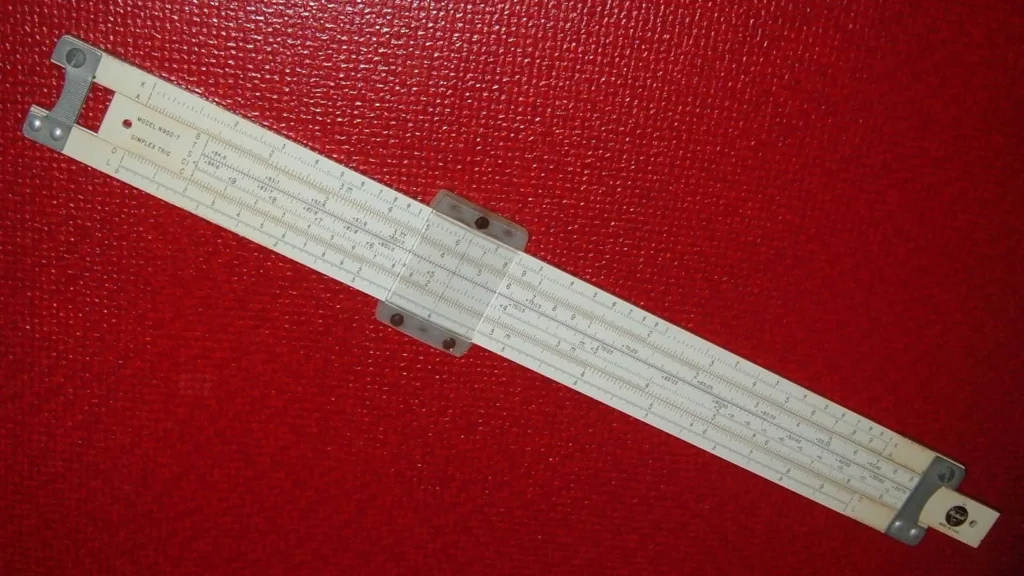
Before calculators became affordable, the slide rule was the mark of serious analytical minds, an analog computer that required genuine skill to operate. Lining up those tiny hash marks just right to multiply or divide required eagle eyes and steady hands. When your calculation matched the answer in the back of the textbook, you felt like you’d cracked a secret code of the universe.
Carrying your slide rule in a leather case attached to your belt announced to the world that you were someone who worked with numbers and precision. The looks of admiration when you quickly solved a tip calculation at dinner using your trusty slide rule made all those practice hours worthwhile. Your friends with their early pocket calculators might have had it easier, but they missed the tactile satisfaction of sliding those scales into perfect alignment.
10. Rewinding a Cassette Tape With a Pencil to Save Batteries
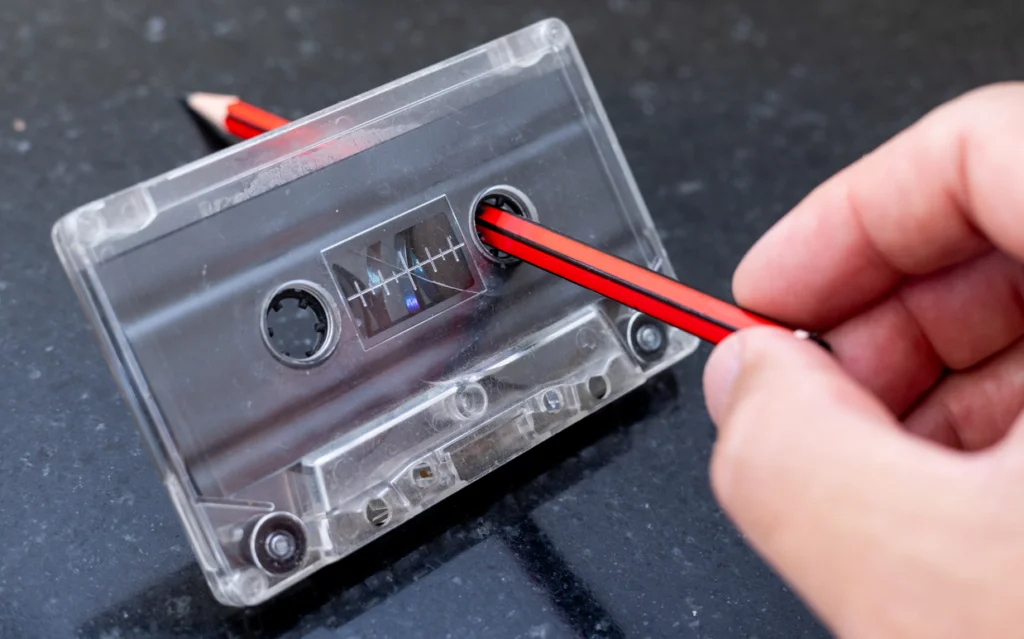
When your portable cassette player’s batteries were too weak for rewinding but you still needed to hear “Stairway to Heaven” one more time, a hexagonal pencil became your technological savior. Inserting it into the cassette’s sprocket and twirling with just the right pressure—not so fast that you’d snap the tape, not so slow that you’d be there all day—was a skill born of necessity. The satisfying click when the tape reached its beginning meant success and music could once again fill your world.
The elite tape handlers could gauge exactly how many pencil rotations equaled a typical song, allowing for precise navigation to specific tracks. Your friends would watch in amazement as you wound to exactly the beginning of “Tiny Dancer” on your Elton John tape without overshooting. This pencil trick became especially valuable on long road trips when the car’s tape deck mysteriously ate your favorite cassette, requiring emergency roadside repairs with whatever writing implements were available.
11. Adjusting a TV Antenna for Perfect Reception
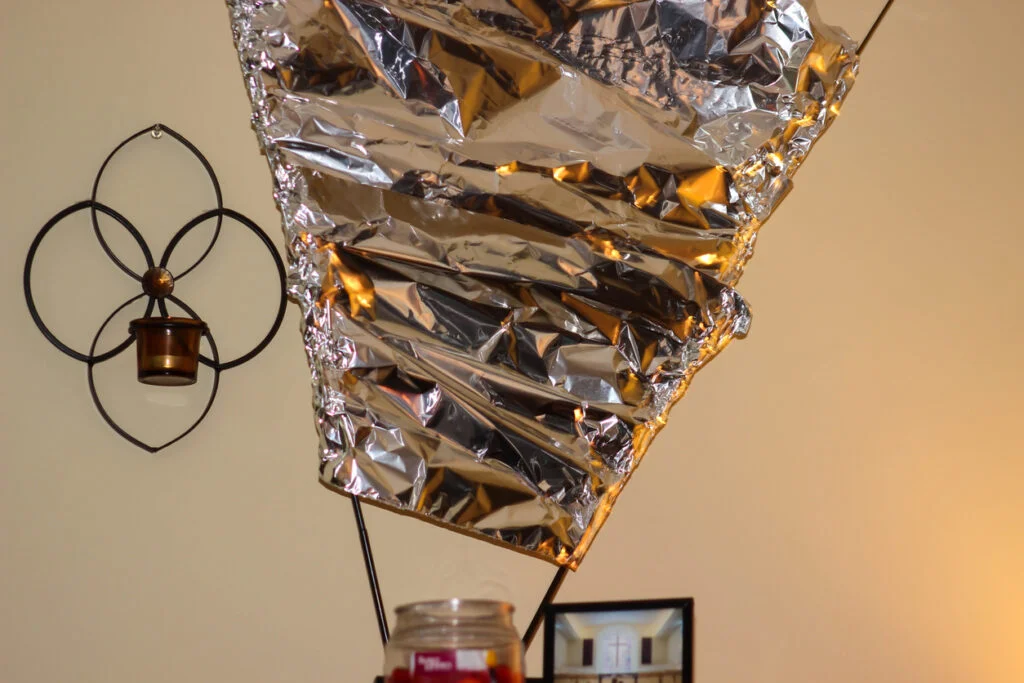
Those rabbit ears atop your television weren’t just decorative—they were your lifeline to clear broadcasts, requiring constant adjustment like some strange electronic divining rod. You’d hold your arms in uncomfortable positions after finding the sweet spot, calling to family members to check if Walter Cronkite’s face was still clear on the screen. When you finally achieved perfect reception for the big game or season finale, the household treated you like you’d just landed on the moon.
True antenna masters knew that different channels required different configurations, sometimes documented on Post-it notes stuck to the TV set. Aluminum foil strategically wrapped around the antenna tips became your signature innovation, improving reception in ways that seemed to defy the laws of physics. Neighborhood kids would come over specifically to watch your crystal-clear Saturday morning cartoons, marveling at your technical prowess while munching on Froot Loops.
12. Defrosting a Freezer Without Flooding the Kitchen

Before frost-free freezers became standard, the quarterly defrosting ritual tested your planning, patience, and water management skills. Armed with pots of hot water, towels strategically positioned to catch runoff, and a plastic spatula for ice removal, you’d transform an arctic wasteland back into a usable appliance. Successfully completing the process without water damage to the floor or electrocution felt like orchestrating a perfect symphony of home maintenance.
The true freezer whisperers knew to place bowls of hot water inside the freezer to speed the process, a trick passed down like sacred knowledge. Your family would stay out of your way during these operations, knowing that interrupting your concentration could result in soggy socks for everyone. The satisfaction of closing the freezer door on a clean, ice-free interior made the hours of careful monitoring worth every minute.
13. Programming a Digital Watch With Tiny Buttons
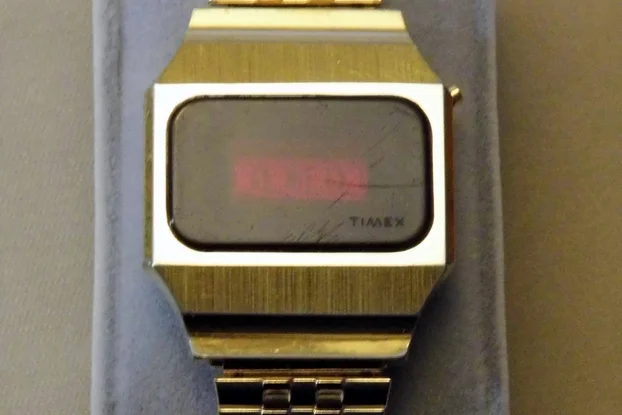
Those miniature buttons on the side of your digital timepiece were clearly designed for baby fingers or specially trained mice, not adult human hands. Pressing them in the exact sequence needed to change from regular time to alarm set mode required focus, precision, and occasionally a ballpoint pen cap. When your watch finally displayed the correct time, date, AND day of the week simultaneously, you’d show it off like you’d just split the atom.
The elite digital watch operators could even set the stopwatch function and use it accurately during sporting events. You became the official timekeeper at family races, your trusty Casio or Timex earning you respect from relatives who normally dismissed your technological interests. The tiny beeping alarm that actually went off at your intended wake-up time instead of 3:00 AM was proof that you had mastered one of the decade’s most finicky devices.
The beautiful thing about these small technological victories wasn’t just solving the immediate problem—it was the confidence they built for facing future challenges. Each successful tracking adjustment or perfectly timed radio recording prepared us for the increasingly complex digital world coming our way. Looking back now from our era of voice-activated everything, these struggles seem charmingly quaint, but they shaped our relationship with technology and taught us that persistence usually wins in the end—a lesson that remains valuable even in today’s world of one-click solutions.


